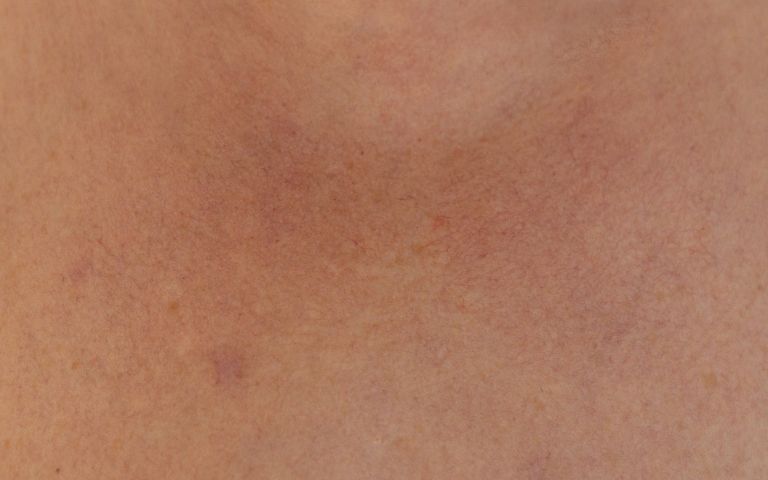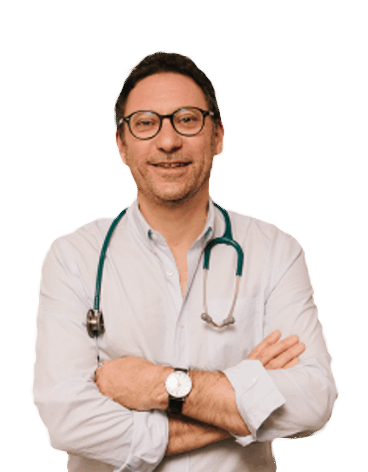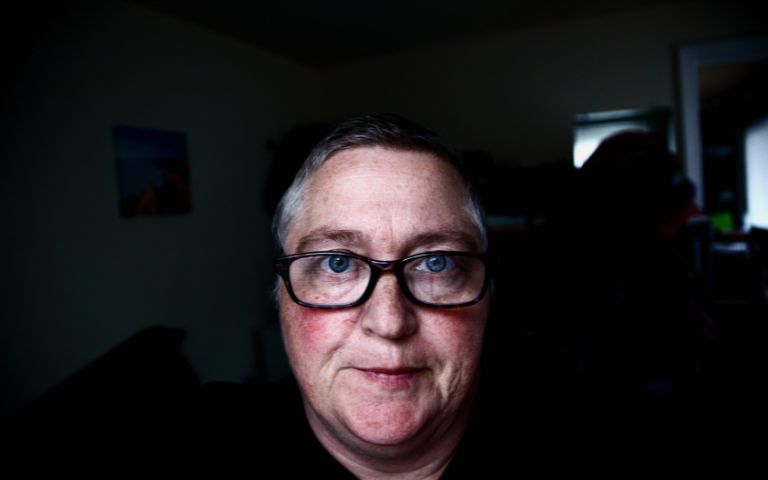For most people, red flushed skin on the face is a common reaction to emotional feelings such as shyness, anger, embarrassment, or excitement. Yet, for others, it is a manifestation of an all-too-common, non-contagious inflammatory skin condition – Rosacea.
Rosacea is quite a complex medical condition and is often confused with Acne, Eczema, or skin allergy. It is quite common in women (especially during menopause and people with fair skin. In Australia, 10% of the population struggles with Rosacea. More women get affected by this skin condition than men, although in men the symptoms are usually more severe. The first symptoms of Rosacea start to appear between the ages of 30 to 50 years and tend to worsen with the passage of time.
Rosacea is a common but often poorly understood chronic relapsing inflammatory skin disease with significant medical, cosmetic, and psychological impact on the daily lives of millions of people.

What Is It?
Rosacea, medically referred to as “rosacea acne” is a non-contagious inflammatory skin disease characterised, alone or in combination, by symmetric flushing, inflammatory lesions (pustules and papules), central facial erythema (redness), stinging sensation, telangiectasias, and phymatous changes (nodules and tissue hyperplasia).
Frequent flushing or blushing that lasts for just a few minutes is commonly the first sign. Over time, permanent redness may develop on the face, and in more severe cases, it can also affect the neck and the chest.
How Do I Know If I have Rosacea?
According to the experts, the occasional flushes of redness on the cheeks aren’t anything to worry about but if you experience persistent facial redness coupled with a burning sensation and slight swelling, it is possible that you have rosacea. Here are some other important signs and symptoms to look for:
- enlarged capillaries (telangiectasis)
- small red lines under the skin which appear somewhat swollen, warm, and red
- a permanent flush across cheeks and nose
- burning or stinging sensation
- small spots or lumps (which may later become painful) on the cheeks, chin, and forehead
- inflamed eyes/eyelids
- facial swelling
- a swollen nose (in men it becomes red, larger, and bumpy)
- thickening of the skin
While not all patients encounter all the symptoms and in the same severity, multiple symptoms can surface at once. If you encounter any or a combination of these symptoms, it is a good idea to look for triggers that aggravate the condition and cause the symptoms to worsen. You may consult with a dermatologist to determine whether you have Rosacea or any other skin conditions.
What Causes Rosacea?
Although the exact cause of rosacea is still unknown, many researchers believe that internal inflammation, heredity factors, lowered immune system, some bacteria, and dermodex mites (a microscopic creature that lives on everyone’s skin) are the major contributors.
Some of the factors (triggers) that can aggravate the condition and make the symptoms worse, include:
- emotional stress
- anxiety or anger
- hormonal changes (due to menopause)
- exposure to extreme weather conditions (hot or cold weather)
- eating spicy food
- drinking coffee and tea or other hot drinks
- UV exposure
- long term use of steroids
- strenuous exercise
- excessive alcohol consumption
Can Rosacea Be Cured?
It is important to note that rosacea is a chronic skin condition that can be controlled but not cured. The good news is that rosacea is generally responsive to treatment and with early diagnosis; most of the symptoms can be effectively treated and controlled.
The range of treatments available for rosacea are as diverse as the rosacea symptoms themselves, from topical applications to laser therapy or light treatment, your doctor (dermatologist) will be able to suggest the most suitable treatment plan for you.
Here are some of the treatment options for rosacea that your doctor (dermatologist) may suggest, depending on the type and severity of the symptoms:
- Self-help Measure
- taking good care of your skin
- avoidance of known triggers
- keeping the eyes/eyelids clean
- using less makeup
- Topical Treatments
- Metronidazole
- Azelaic Acid
- Brimonidine Tartrate
- Ivermectin
- Tretinoin cream
- Sodium sulfacetamide and sulfur
- Oral Medications
- antibiotics
- Isotretinoin
- Laser and Intense pulsed light (IPL) treatment
- Cosmetic Surgery
- Alternative Therapies
How Long It Takes To See Results?
Depending on the type and severity of symptoms and the type of treatment option used, the time to see results will vary from person to person. Most people will start noticing some improvement with 3-4 weeks and significant improvement in 2-3 months.

